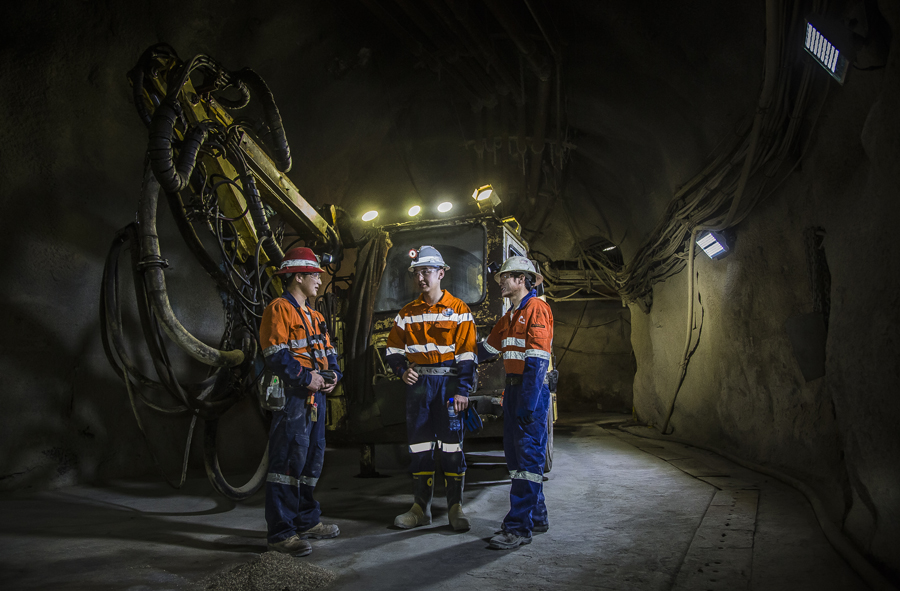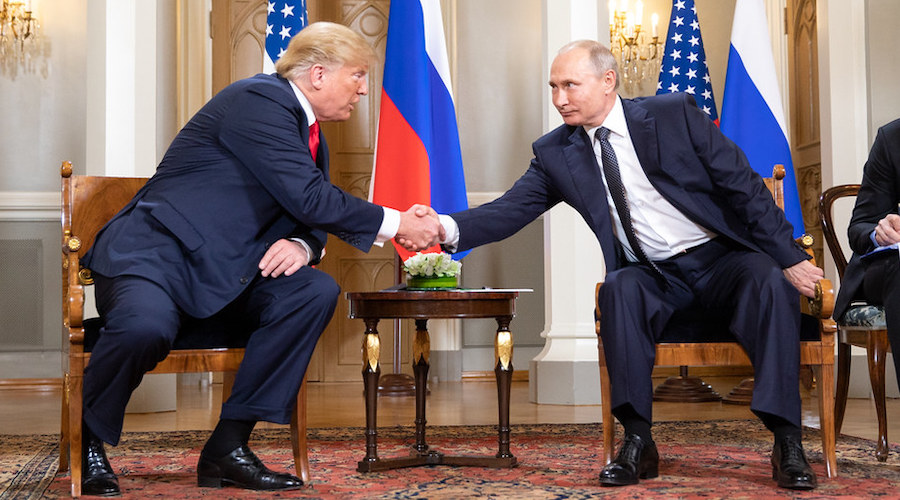Rio cautious on outlook as earnings halve

The world’s number two miner by revenue Rio Tinto (NYSE:RIO) reported its weakest first-half earnings in some 12 years on the back of falls in the value of its two main commodities, iron ore and copper prices fell.
Underlying earnings for the six months to June fell 47% to $1.56 billion from $2.92 billion compared to a year earlier and the Anglo-Australian giant also cut its interim dividend by 58% to $0.45 a share, although that was higher than most analysts expected. Cash flow generation came in at $3.2 billion.
Jean-Sébastien Jacques, Rio’s incoming CEO, told the CNBC that despite the “very challenging and volatile market environment, it was a very strong set of results from our perspective.”
“The primary focus of the last three years was really about cut, cut, cut — cut the capex, cut the cost”
In its financial results Rio remained cautious about the outlook for metal prices and economic growth rates in China, which consumes nearly half of the world trade in copper and some three-quarters of seaborne iron ore:
The credit-fuelled bounce in Chinese construction activity has had a positive impact on commodity markets in the first half of 2016, but its impact has been uneven, benefiting most steel raw materials.
This has pulled prices up from the multi-year lows seen at the start of the year, as markets continue to rebalance. Growth in China has stabilised, but it is on a long transition path of slower and less commodity-intensive growth.
Meanwhile the global economy seems stuck in a subdued low-productivity growth pattern which would indicate that continued caution is required for the second half of 2016.
The Financial Times quotes Jacques as saying “the primary focus of the last three years was really about cut, cut, cut — cut the capex, cut the cost, ” but he added that “to target not just the costs but the top line … there are plenty of opportunities.”
Rio cut capital spending by more than 45% in the first half, but also announced the approval of a few growth projects including development of the Silvergrass iron ore mine with $338 being spent in the current period “to maintain the Pilbara blend and lower unit costs.”
Development of the Oyu Tolgoi underground copper mine in Mongolia for $5.3 billion was announced in May and first tonnes are expected in 2020. At peak production the mine will be in the top three worldwide with average output of 560,000 tonnes per year between 2025 and 2030.
The Amrun bauxite project in Queensland remains on track according to Rio and is expected to increase exports by around 10 million tonnes per year, with first production in the first half of 2019.
More News
{{ commodity.name }}
{{ post.title }}
{{ post.date }}



Comments